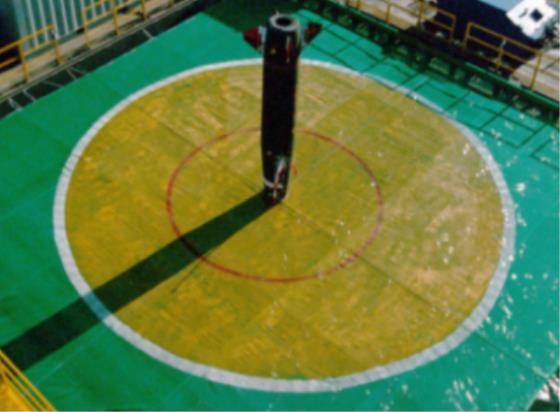
This undated file photo, provided by the defense ministry on Feb. 12, 2023, shows a Korean Tactical Surface-to-Surface Missile striking a target during a test launch at an undisclosed location. (Image courtesy of Yonhap News)
SEOUL, Sept. 18 (Korea Bizwire) — South Korea will invest about 290 billion won (US$218 million) to develop an improved version of a homegrown bunker-buster missile capable of striking underground enemy targets, the state arms procurement agency said Monday.
The project comes as South Korea’s military has been seeking to reinforce its deterrence capabilities against North Korea’s evolving missile and nuclear threats.
The improved Korean Tactical Surface-to-Surface Missile-II will be operated on a mobile launcher, and will enhance the military’s precision strike capabilities against targets hidden inside tunnels and bunkers, according to the Defense Acquisition Program Administration (DAPA).
A DAPA official said the new missile is designed to mainly target North Korean weapons systems stationed underground, such as its long-range artillery pieces inside tunnels.
In 2010, North Korea’s coastal artillery shelled South Korea’s Yeonpyeong Island near the western sea border from its underground tunnels.
The provocation, which killed two marines and two civilians, prompted South Korea to develop its existing missile system.
The new bunker-buster missile will also have increased range and penetration capabilities, compared with the current system that has a range of up to 180 kilometers. DAPA did not provide details on the new weapon’s specifications, but it is expected to have a range of over 300 km.
Still, the DAPA official declined to provide details on the penetration capabilities of both the existing and new systems, citing operational security.
The state-run Agency for Defense Development will oversee the project, which is set to run through the end of 2027, with major defense companies taking part in producing prototype models.
(Yonhap)






